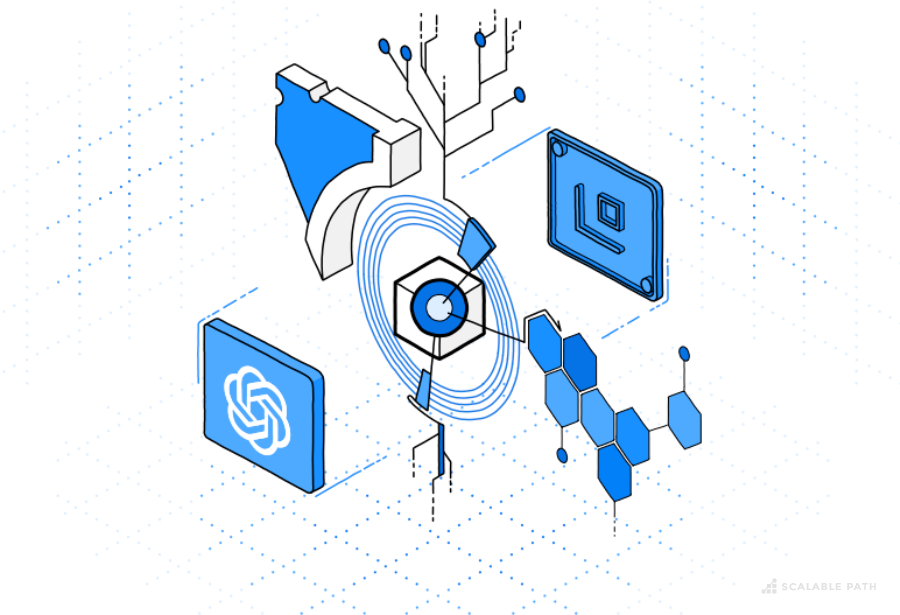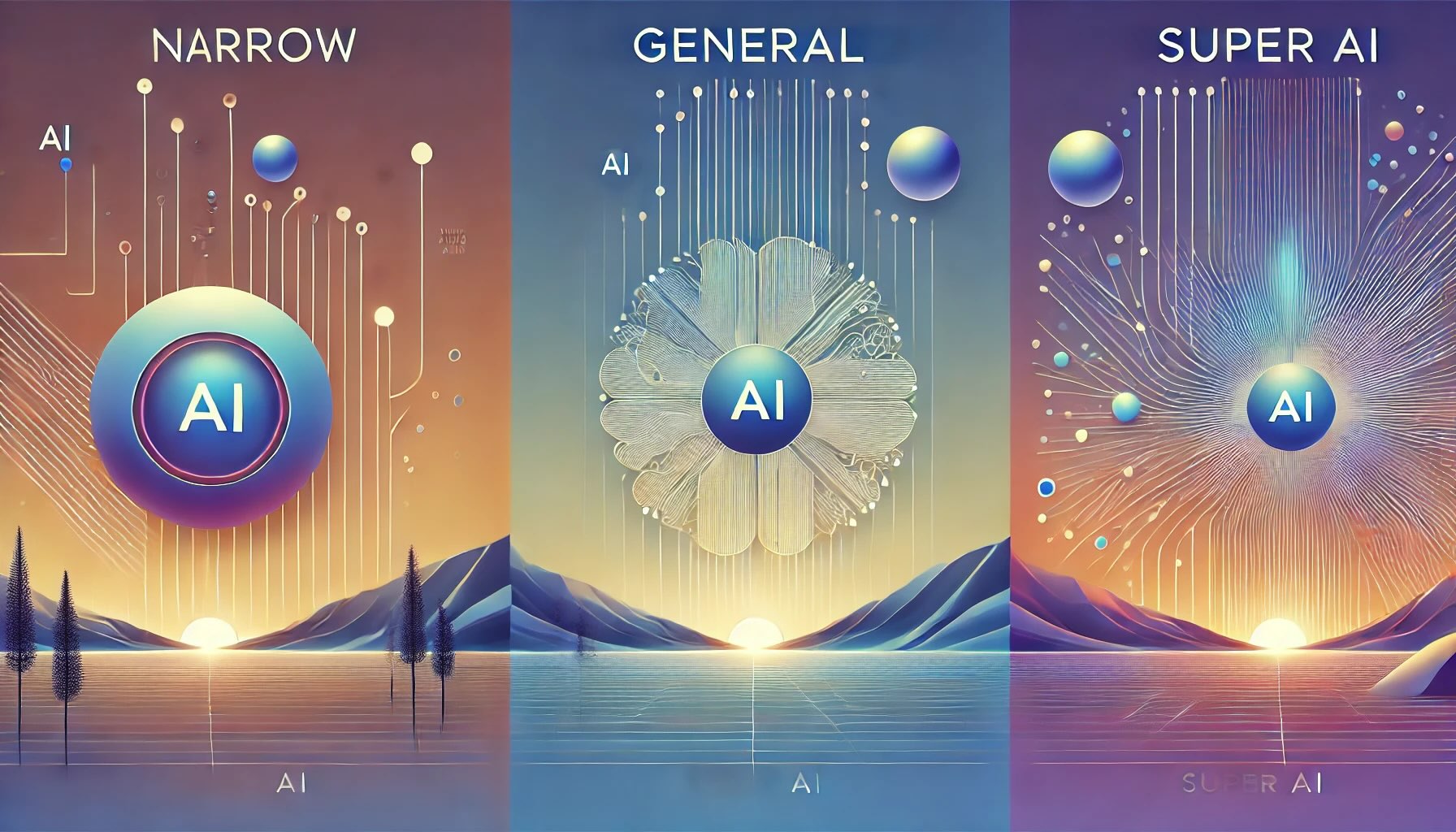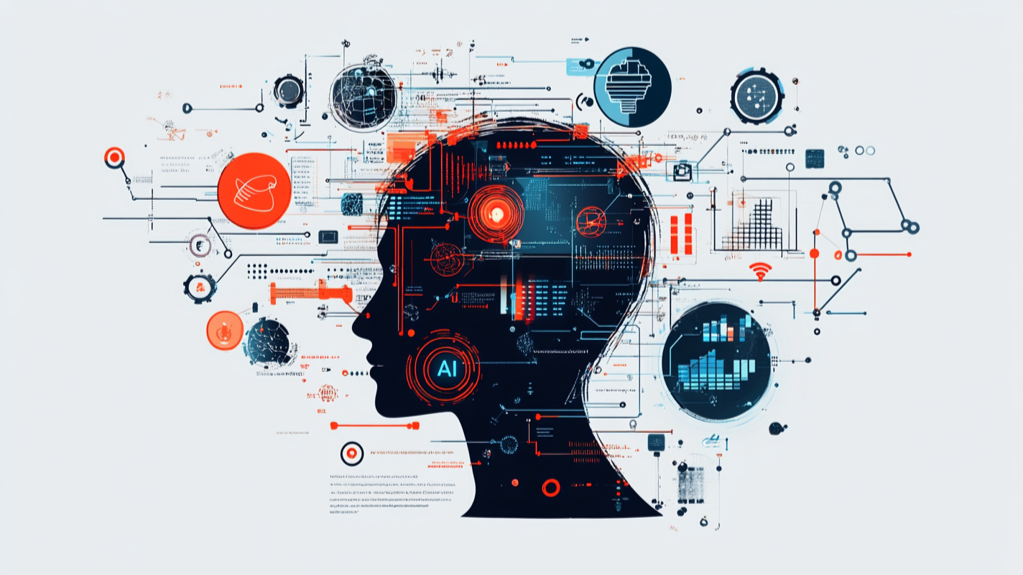Artificial Intelligence (AI) is no longer a futuristic fantasy; it’s a tangible force reshaping industries and our daily lives. From personalized recommendations on streaming platforms to sophisticated diagnostic tools in healthcare, AI’s influence is undeniable. But beneath the surface of these remarkable applications lies a fundamental question: How does AI actually learn?
The answer lies in a field called Machine Learning (ML), a subset of AI that empowers computers to learn from data without being explicitly programmed. Instead of hardcoded instructions for every possible scenario, machine learning algorithms identify patterns, make predictions, and improve their performance over time as they are exposed to more data.
For businesses in search of cutting-edge technological solutions, understanding the principles of machine learning is crucial, especially when considering partnering with an ai development company in paris or hiring an ai developer in paris. These experts leverage the power of machine learning to build intelligent applications tailored to specific needs.
Let’s delve into the core concepts that underpin how AI learns through machine learning:
1. The Foundation: Data is the New Oil
At the heart of machine learning lies data. Massive amounts of data serve as the fuel that drives the learning process. This data can take various forms: images, text, numbers, audio, video, and more. The quality and quantity of data are paramount; the more relevant and diverse the data, the better the AI model can learn and generalize to new, unseen situations.
Imagine training an AI to recognize different types of cats. You would need to feed it thousands, even millions, of images of various cat breeds, in different poses, and under different lighting conditions. This vast dataset allows the algorithm to identify the subtle features that distinguish a Siamese from a Persian or a Maine Coon. This is a core capability that an artificial intelligence development company in paris utilizes when building computer vision applications.
2. The Learners: Machine Learning Algorithms
Machine learning employs a wide array of algorithms, each with its own strengths and weaknesses, suited for different types of tasks and data. These algorithms can be broadly categorized into three main learning paradigms:
- Supervised Learning: This is perhaps the most common type of machine learning. In supervised learning, the algorithm is trained on a labeled dataset, meaning each data point is paired with a corresponding output or “label.” The goal is for the algorithm to learn the mapping between the input data and the correct output, so it can then predict the output for new, unlabeled data.
- Example: Training an email spam filter. The input data consists of emails, and the labels are either “spam” or “not spam.” The algorithm learns to identify patterns in the email content, sender information, and other features that are indicative of spam. An ai developer in paris specializing in natural language processing would be adept at building such systems.
- Unsupervised Learning: In contrast to supervised learning, unsupervised learning deals with unlabeled data. The algorithm’s task is to find hidden patterns, structures, or relationships within the data without any prior guidance.
- Example: Customer segmentation for a marketing campaign. The input data might include customer demographics, purchase history, and website activity. An unsupervised learning algorithm could identify distinct groups of customers with similar characteristics, allowing the business to tailor its marketing efforts. Companies offering ai development services in paris often employ unsupervised learning for tasks like anomaly detection and data clustering.
- Reinforcement Learning: This paradigm involves an agent learning to make decisions in an environment to maximize a cumulative reward. The agent interacts with the environment, takes actions, and receives feedback in the form of rewards or penalties. Through trial and error, the agent learns an optimal policy – a strategy that dictates which action to take in each situation.
- Example: Training a robot to navigate a warehouse. The robot (agent) takes actions like moving forward, turning left, or turning right in the warehouse environment. It receives a positive reward for reaching its destination and a negative reward for bumping into obstacles. Over time, the robot learns the optimal path to navigate efficiently. Building sophisticated robotic control systems often falls under the expertise of an ai development companies in paris.
3. The Process: Training and Evaluation
The journey of an AI model from raw data to intelligent decision-maker involves a crucial process of training and evaluation:
- Data Preprocessing: Before feeding data into an algorithm, it often needs to be cleaned, transformed, and prepared. This might involve handling missing values, scaling numerical features, or converting categorical data into a numerical format.
- Model Selection: Choosing the right algorithm depends on the type of problem, the nature of the data, and the desired outcome.
- Training: The algorithm is fed the training data, and it iteratively adjusts its internal parameters (weights and biases) to minimize the difference between its predictions and the actual labels (in supervised learning) or to discover underlying structures (in unsupervised learning) or maximize rewards (in reinforcement learning).
- Evaluation: Once the model is trained, its performance is evaluated on a separate dataset that it has never seen before (the “test set”). This helps to assess how well the model generalizes to new, unseen data and avoids overfitting, where the model learns the training data too well and performs poorly on new data.
- Hyperparameter Tuning: Machine learning models have settings called hyperparameters that control the learning process. These hyperparameters are often adjusted to optimize the model’s performance.
- Deployment and Monitoring: After satisfactory evaluation, the trained model can be deployed to make predictions or decisions in real-world applications. However, the learning process doesn’t end here. Models need to be continuously monitored and retrained with new data to maintain their accuracy and adapt to changing patterns.
The Impact and Future of Machine Learning
Machine learning is the engine driving the rapid advancements in AI across various sectors. Businesses collaborating with an ai development company in paris are leveraging ML to:
- Automate tasks and improve efficiency.
- Gain deeper insights from data.
- Personalize customer experiences.
- Develop innovative products and services.
- Make more informed decisions.
As data continues to grow exponentially and computational power increases, machine learning will only become more sophisticated and pervasive. Understanding its fundamental principles is no longer just for researchers and engineers; it’s becoming essential knowledge for anyone seeking to navigate and leverage the transformative power of AI. Whether you are looking to build a predictive analytics system, a personalized recommendation engine, or an intelligent automation solution, the core principles of how AI learns through machine learning will be at play. Engaging with skilled professionals, such as an ai developer in paris, will be key to unlocking the full potential of this groundbreaking technology.




